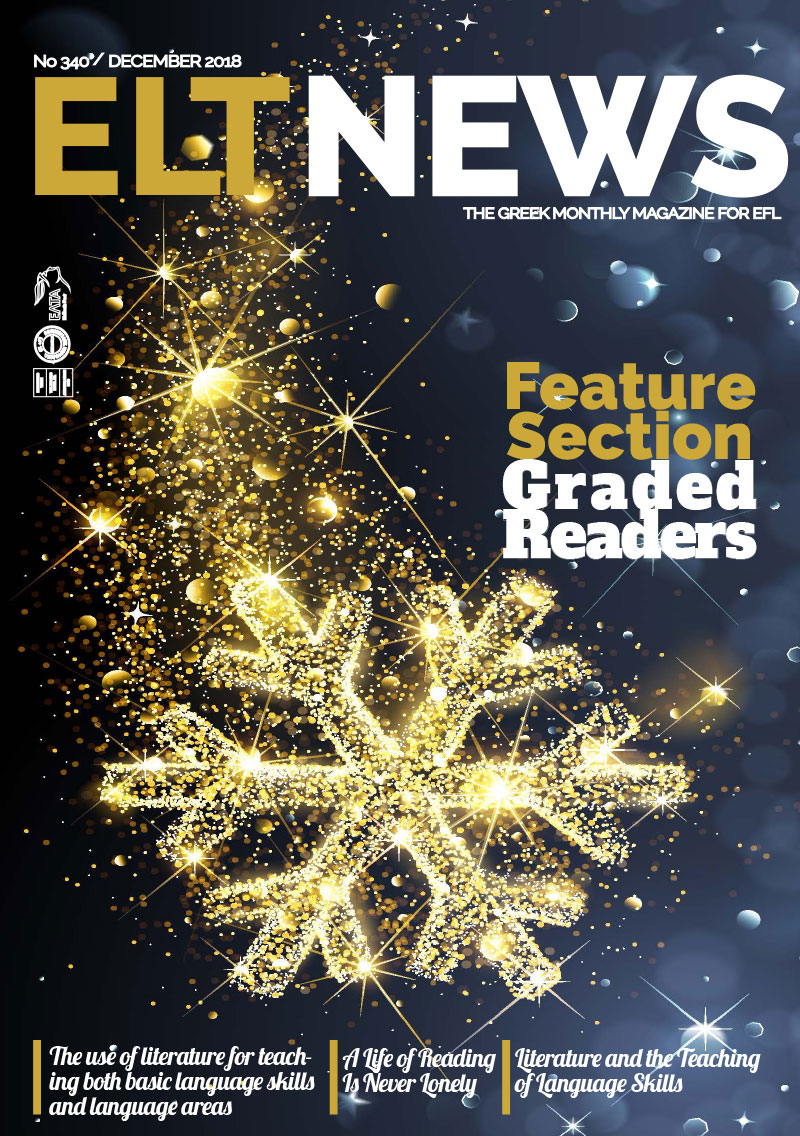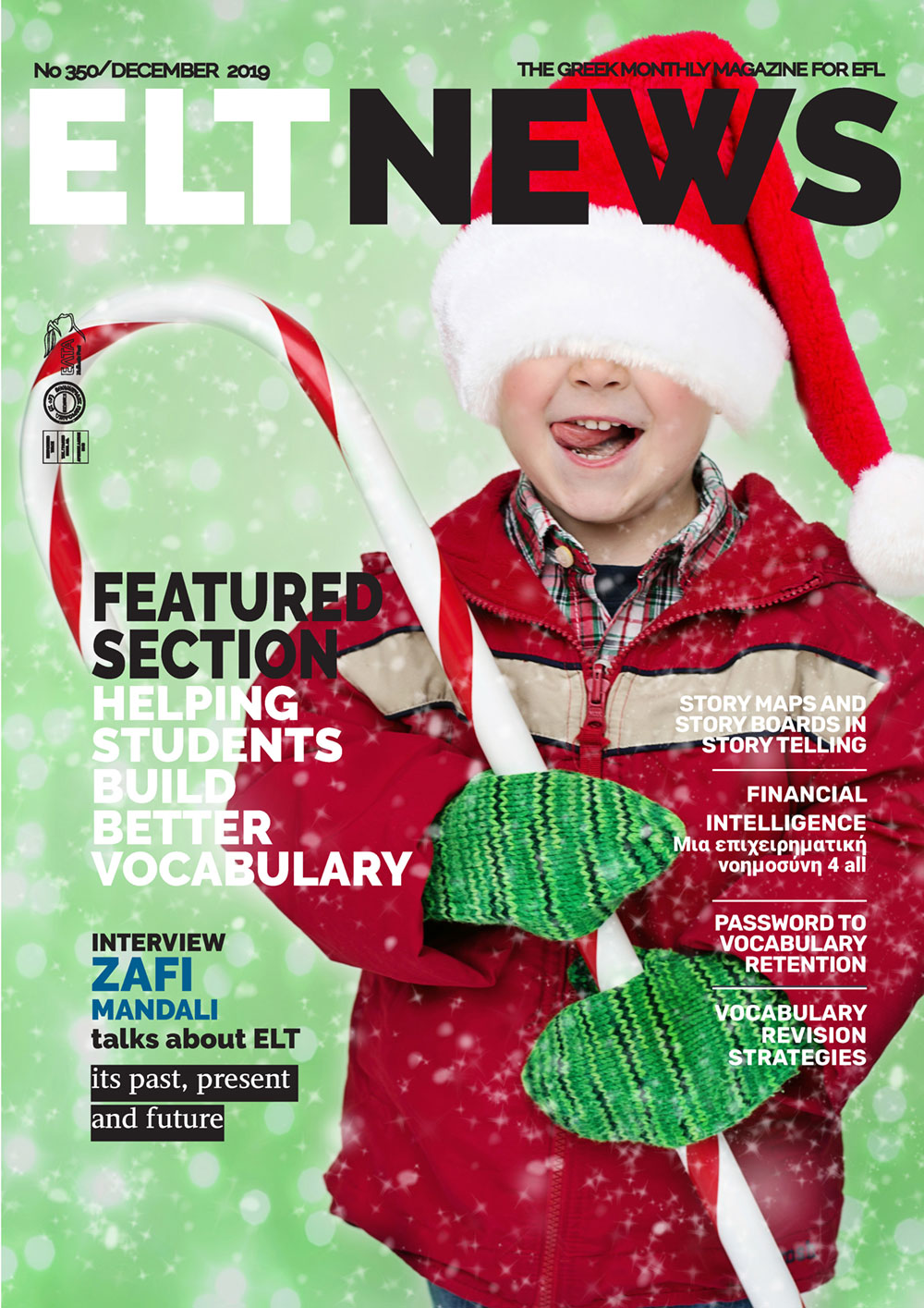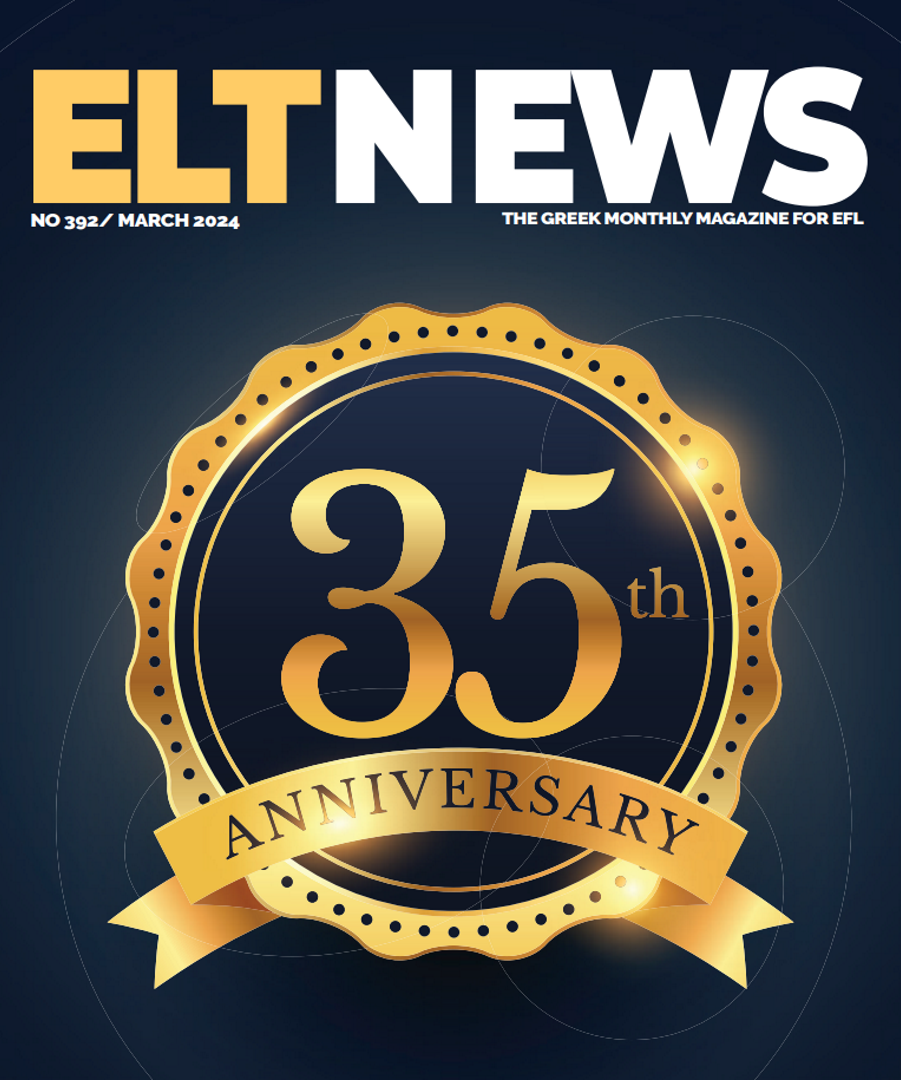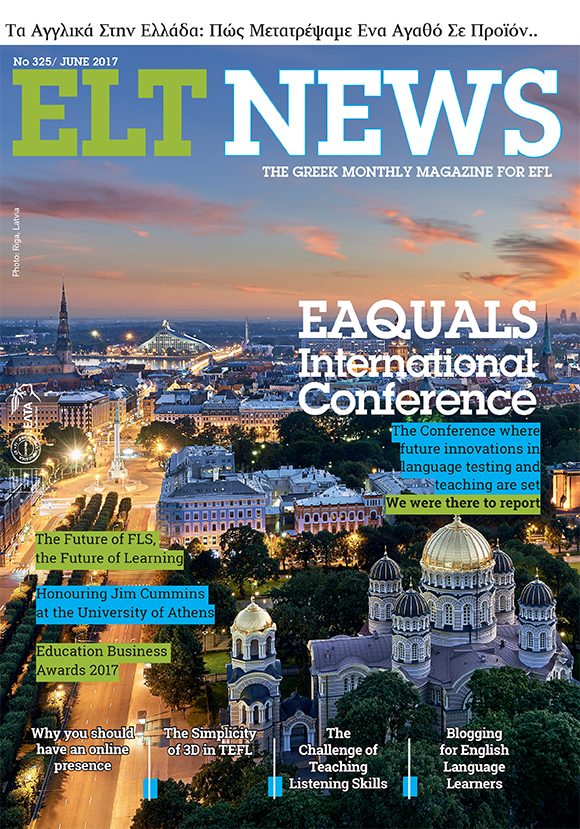Graded Readers: an underexplored thesaurus
My interest in Graded Readers began when I ran my own language school back in the 90s. I made a very brave decision at that time; I inserted a course between the end of one level and the beginning of the next to improve skills, using one Reader over a period of a few lessons. I had realised that students were not really moving up a level in ability just because they’d passed the end of course grammar and vocabulary test.
This was quite a radical decision. The improvement of my students’ reading, speaking and writing skills was beyond expectation. I decided to make regular use of Graded Readers and a Graded Readers Library was set up in no time at all. By the end of the school year my students had read 5-6 Readers each. Every time a student finished a book s/he would review what s/he had read with the rest of the class. S/he would tell them what the book was about, what s/he liked about it and what s/he disliked about it, before sharing an extract with the class. This really generated the other students’ interest. We very often had a waiting list for Readers created by the pupils themselves. Yes, very often books went missing. I didn’t care. I was delighted that a strong reading culture had been created. Reading simplified English literature motivated my students to start reading Greek literature as well.
Sometimes I read an extract to the class, who sat mesmerised by it. As a result of the shared reading, the pupils’ interest in the book was piqued, which meant they wanted to carry on reading the rest of the novel, leading me to hurriedly order 10-15 copies for them.
Hundreds of graded readers exist on a wide variety of topics and different levels of difficulty. Graded Readers are normally divided into three main categories: Original texts, factual texts and simplified classics.
On selecting the ones to be used in my classes, I took into account age, needs, motivation, interests, cultural background and language level of the students. Reading a literary text is more likely to have a long-term and valuable effect upon the learners’ linguistic knowledge only when it is meaningful and amusing.
Graded Readers are a hugely underused resource in Greece. Teachers faced with time pressures don’t always know what to do with them and students often see reading almost as a punishment. However Readers are now very well designed and illustrated. They have CDs, DVDs, teacher’s notes and activity books. No need to spend time to construct your own tasks. Learners have the pleasure of reading a book in the language they are learning and understanding it. The achievement is measurable.
It’s more or less like finishing a coursebook every month.
The use of graded readers can be summarized as follows:
Bring learning to life! Through the wonder of storytelling, students enjoy what they’re reading and are more motivated to read, learn and succeed.
Give students the opportunity to choose a reader that is right for them. Most publishers have a large selection of books and film-based titles across different genres, suitable for all age groups.
Engage with young learners. Content Language Integrated Learning (CLIL) Readers, original stories, and contemporary stories help kids discover the world around them and expand their vocabulary through a variety of topics.
Reading for pleasure will improve your students’ reading confidence and topic comprehension, and develop their speaking and writing skills. •



